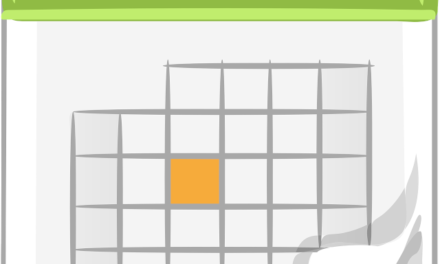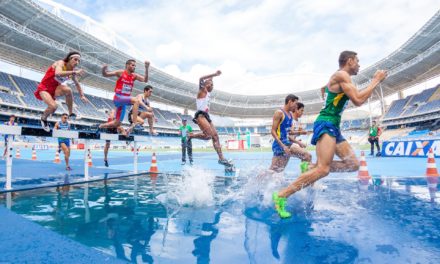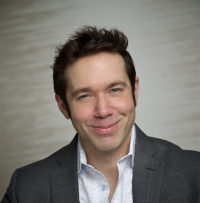W While the word “nootropic” has become far more popular and well-known in the last ten years, I’ve noticed there’s ambiguity in how people use the word. Some use it to refer to very specific neurological mechanisms of action, while others view it as a general enhancer. I figure we should all be on the same page for this blog, so I’m going to define the “official” meaning of the word.
I tracked down the origin of the term, and it’s a debt owed to Professor Corneliu E. Giurgea (1923 to 1995), who synthesized piracetam, decided it didn’t fit in existing psychotropics, and went on to define the entire field. I checked out his scholarly works, and he has quite a few to his name. I read “The nootropic concept and its prospective implications,” where he talked about the need to clearly define a new class of drugs . . . and advocated they be called nootropics. As he puts it:
“Because drugs along this line “aim” selectively at the noetic functions, we suggest that they should be called nootropics (noos = mind; tropic = toward). ” [1]Giurgea, Corneliu E. “The Nootropic Concept and Its Prospective Implications.” Drug Development Research 2, no. 5 (1982): 441–46. https://doi.org/10.1002/ddr.430020505.
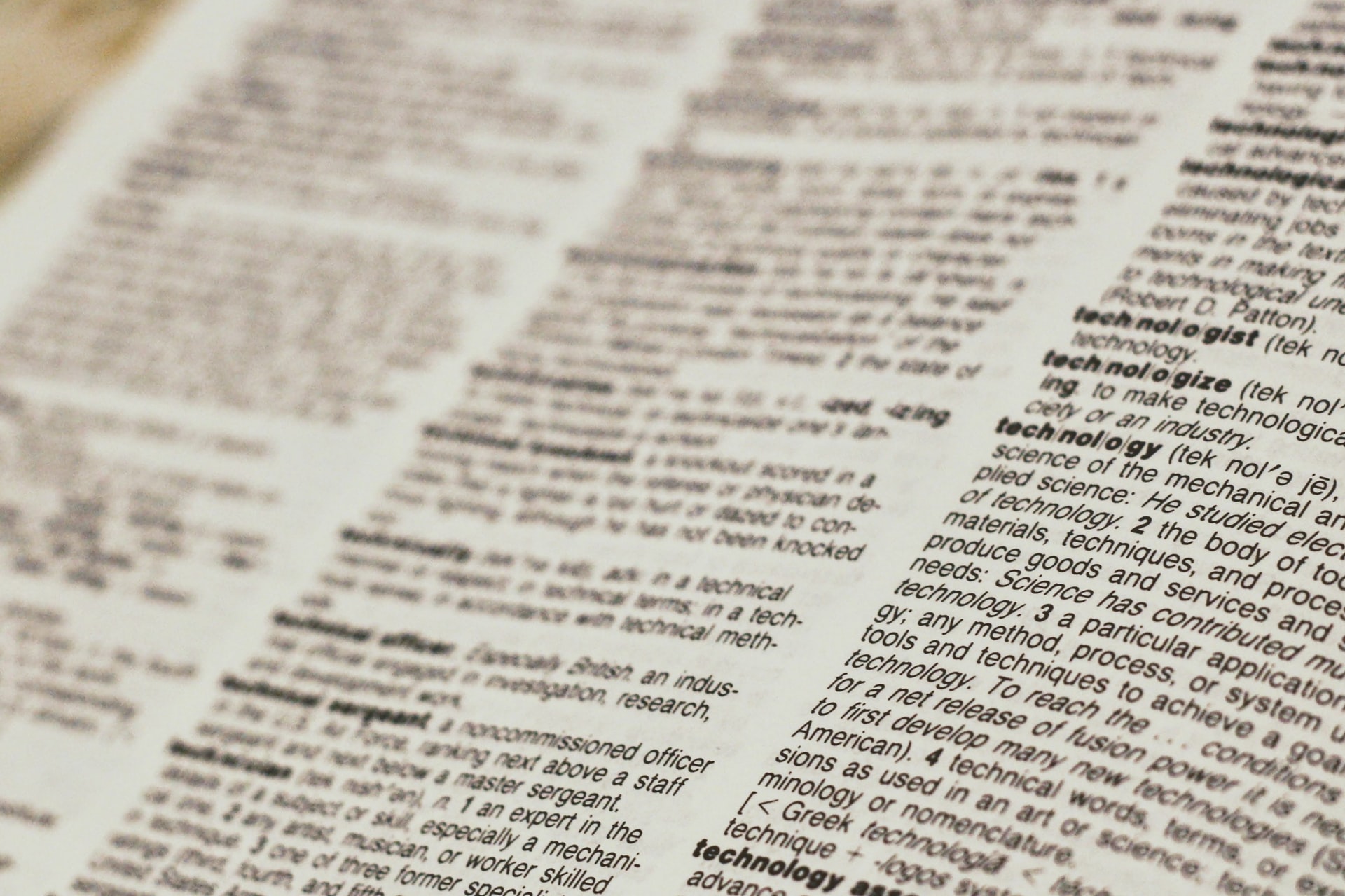
I’ve heard “nootropic” falsely translated many times on the web, so there you have it right from the very many who coined the word: it stands for “toward mind”. There’s also some interesting information on the history of nootropics in general there that might make for a good future post, but for now I’m going to focus on his definition of nootropics and how to actually use the word in practice.
He drew out categories and samples for all classes of psychoactive drugs as he knew them. It’s impressive how many are still relevant today, almost forty years later. A few of the deviations are funny though; for instance, he put alcohol in stimulants. Anyway, he broke them down to three top-level categories:
- Psycholeptics: anything that has a calming effect. Narcotics, anti-anxiety drugs, muscle relaxers, etc.
- Psychoanaleptics: substances with an arousing effect. He subdivided them into CNS stimulants (i.e., caffeine), antidepressants (like lithium), and added nootropics, which at that time consisted of just piracetam and etiracetam.
- Psychodysleptics: that which brings on a dreamlike or hallucinatory state (i.e., LSD, mescaline, etc.)
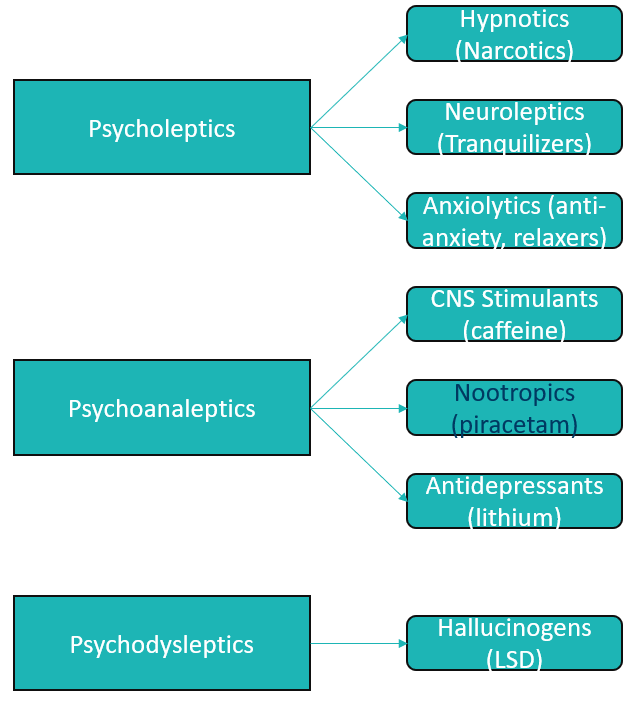
Giurgea’s chart simplified. True, I can’t draw…but his hand-written chart in the paper was even worse!
The most direct definition he used for a nootropic is “The general aim of nootropic research is to find new drugs capable of directly enhancing the efficiency of the cognitive, noetic activity of the brain, thus neuro- psychologic deficits such as, but not exclusively, those related to aging.” Translated to plain English: Nootropics should enhance cognitive and intellectual activity, compensating for both aging and other cognitive disorders.
I agree with that statement! My one bone to pick with Giurgea’s views that I’ve read online is that he would specifically exclude CNS stimulants (like caffeine). I consider them an excellent adjunct for work and productivity, so I add them to my own definition of nootropics. Note, too, that I wasn’t able to find an original source for Giurgea stating he excluded such stimulants, so I’m not certain it’s accurate, though his categories and the figure that I interpreted above certainly suggest it. If you have a direct source for that statement, please send it my way.
References
| ↑1 | Giurgea, Corneliu E. “The Nootropic Concept and Its Prospective Implications.” Drug Development Research 2, no. 5 (1982): 441–46. https://doi.org/10.1002/ddr.430020505. |
|---|
